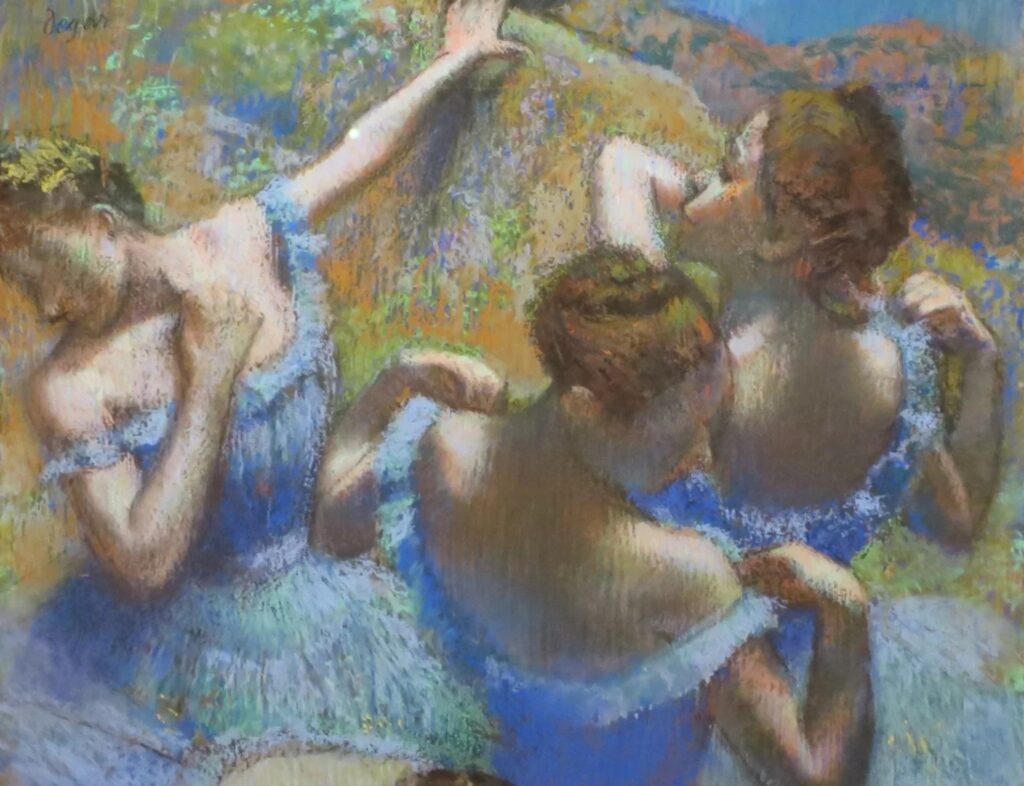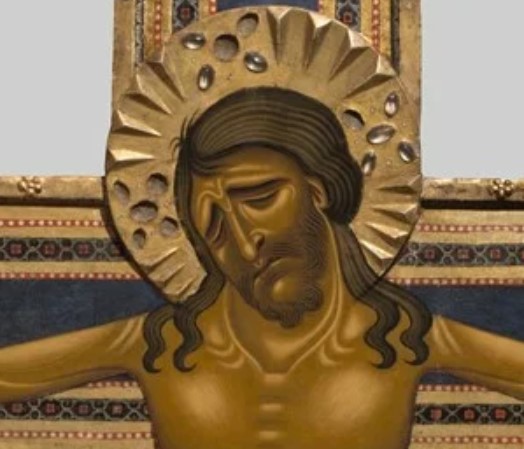
Gino Severini “Dancer in Blue” Short Description
The most notable piece by Gino Severini, who painted numerous canvases about the theater, dance, and nightlife of the large city, is “Dancer in Blue.”



Severini focuses on a single dancer and limits the color pallet to blues and muted grays, in contrast to Degas, who depicts the entire scene with numerous characters.
The dancer’s head and the margins of her garment make up the triangle that serves as the composition’s central element. The form splits into innumerable little geometric pieces in the lower quarter.


The triangular shape is ideal for the symbolic representation of the spiritual life, according to Wassily Kandinsky, who wrote the renowned book “On the Spiritual in Art” in 1911. Additionally, Kandinsky believed that blue was the best color to express what was happening in the spiritual dimension, just like Franz Marc did. Since Severini could not have been unaware of Kandinsky’s opinions or the existence of the book, his work gains a greater significance.
Simple dance moves performed by “Dancer in Blue” take us into a spiritual world where the movements themselves take on a transcendental quality. This impression is considerably strengthened by the collage technique’s usage of dazzling sequins.

The artist decided to use the concept because he found it so intriguing, even if doing so went against futurism’s core philosophy of rejecting all traditions.



Leave a reply